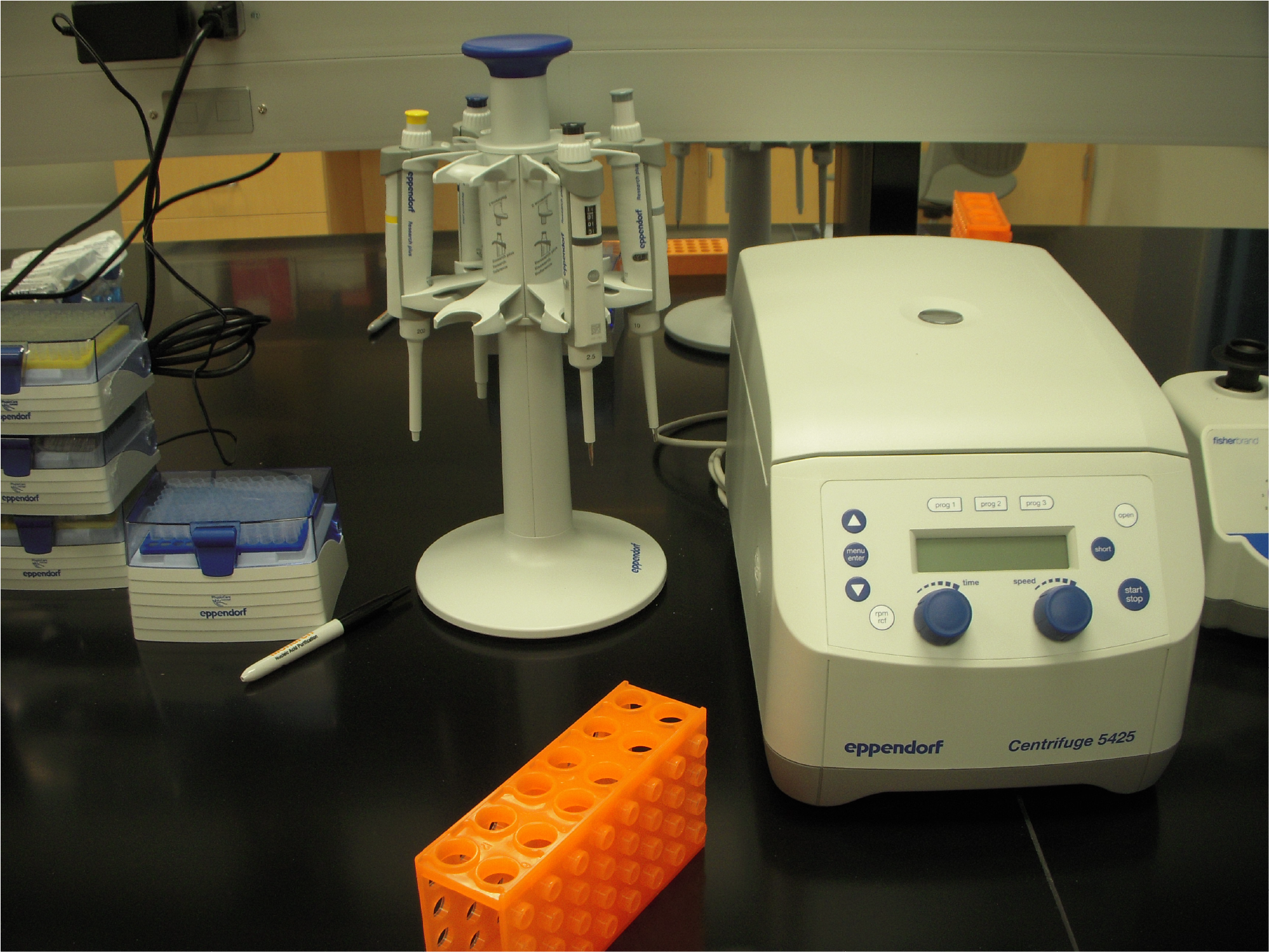Written by Edward Mabry
9-10-21 – Alpha-1 antitrypsin deficiency is a genetic disorder which can lead to severe issues in both the lungs and liver, including COPD and liver cirrhosis. However, the current treatments for this disorder are invasive, costly, or limited to those already in life-threatening conditions. In the lab, we recently investigated a paper titled “Systemic modified messenger RNA for replacement therapy in alpha 1-antitrypsin deficiency”. Karadagi et al. experimented with a lipid nanoparticle (LNP) that delivers a modified mRNA payload to hepatocytes in the liver for A1AT protein as a potential treatment. The effectiveness of the treatment was tested extensively in patient hepatocytes, a wild type mouse model, and even a NSG PiZ mouse model. An elastase activity assay was utilized to show an increase to the expression of the inhibitory A1AT protein secretion into the media or serum of the mice. The localization of the A1AT protein, mRNA, and even potential cellular stress caused by the treatment were all tested and verified. The LNP mRNA was confirmed to last at least 48 hours, enter the cell, had produced and exported A1AT protein, and did not cause cellular stress or damage along the way. While the treatment seemed to make a large impact in both patient hepatocytes and the wild-type mouse model compared to samples which only received the LNP alone, the NSG PiZ mice did not show significant result in the elastin activity assay. The paper explained that the reason it had not expressed a strong increase in A1AT despite having the functional mRNA present as visualized by the RNAscope (in Figure 5c) was that A1AT likely has a down regulation mechanism; however, they did not test into this further as it was “outside the scope of the paper”. In conclusion, while this modified messenger RNA did not make a significant increase to A1AT such that it showed more than an increased inhibitory trend in the NSG PiZ mice, it does show promise for a controlled protein expression system regulated via RNA.
